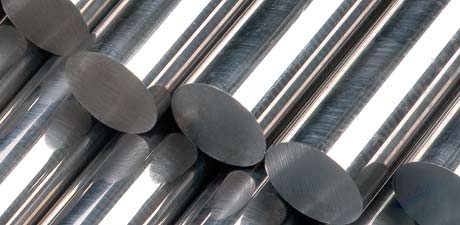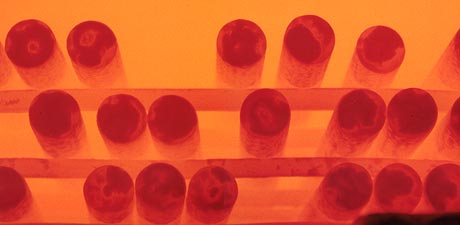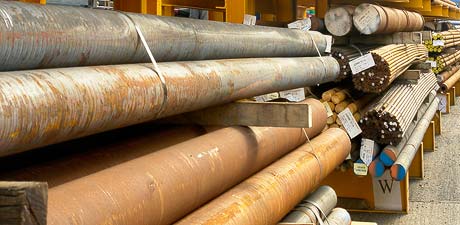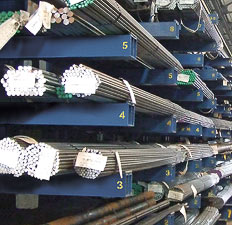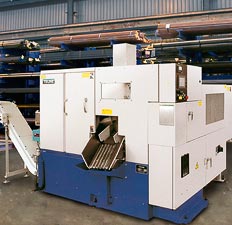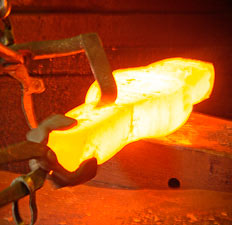Technical Data
Metallurgical Terms
F.
Chemical symbol for fluorine.
Face Centred Cubic Lattice.
An arrangement of atoms in crystals in which the atomic centres are disposed in space in such a way that they may be supposed to be situated at the corners and the middle of the faces of a set of cubic cells, i.e. the lattice possesses half an atom in the middle of each face of the cubic lattice, the corners each sharing one atom with seven other cubes. Thus, each cell contains four atoms (see Space Lattice).
Fatigue.
The effect on a metal of repeated cycles of stress. Fracture results from the development of a crack which progresses across the section, with repeated stress. (See also Fatigue Limit and Corrosion Fatigue).
Fatigue Limit.
The maximum value of the applied alternating stress which a test piece can withstand indefinitely. (Cƒ. Endurance Limited).
Fatigue Range.
The maximum range of stress which a metal will withstand indefinitely. When the maximum stress in tension equals that in compression, the fatigue range is twice the fatigue limit. The mean stress, i.e., half the range, must be stated to define the fatigue conditions.
Fe.
Chemical symbol for iron, from the Latin ferrum.
Feeder Head.
(Hot Top) (Sinkhead). A refractory lining inserted in, or superimposed on the top of, a cast iron ingot mould. Its function is to keep the head of the ingot that is being cast molten so that when the lower portion freezes the contraction cavity which forms can be filled. The term feeder head may also be applied to the upper part of the ingot which feeds the contraction cavity. The efficiency of the head may be improved by using insulating refractory, or incorporating exothermic material in it. Exothermic or insulating powder may also be put on top of the molten metal in the head or an electric arc may be struck to keep the steel molten.
Ferrite.
A term once restricted to pure alpha iron but now extended to include any solid solutions of which alpha or delta iron, as distinct from gamma iron, is the solvent. Alpha ferrite forms from the gamma, austenitic phase, in slowly cooled hypo-eutectoid steels. It may contain, in solid solution, many of the special elements, e.g., up to 30% chromium or 15% silicon, but very little carbon, i.e., less than 0.03%. Pure iron consists of 100% ferrite and ferrite is the principal constituent in low carbon steels.
Ferritic Steel.
The term is generally applied to high chromium steels whose structure consists largely of ferrite and are incapable of being completely recrystallized by heat treatment, because they form very little austenite on heating.


